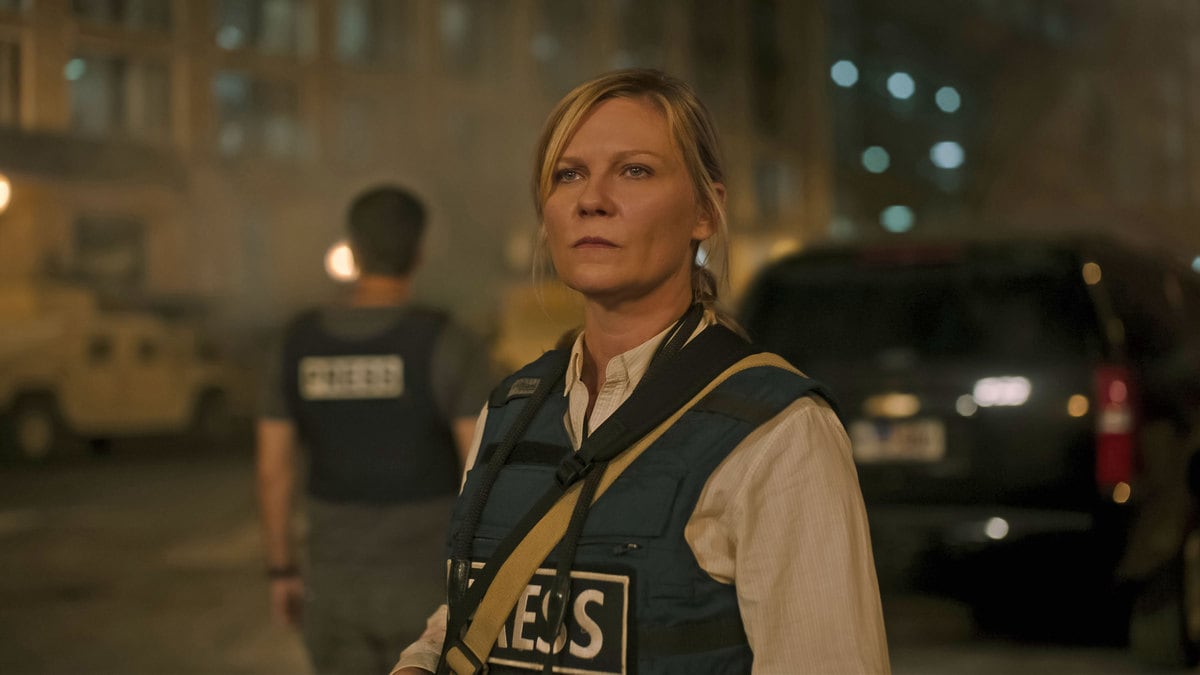Alex Garland’s ‘Civil War’ Is an Explosive Warning Against a Trump Takeover
MUST-WATCH
The adrenaline-pumped new movie is a harrowing powder keg showcasing a United States in war-torn ruin caused by political divide, extremism, and a dictatorial president.

Trending Now





